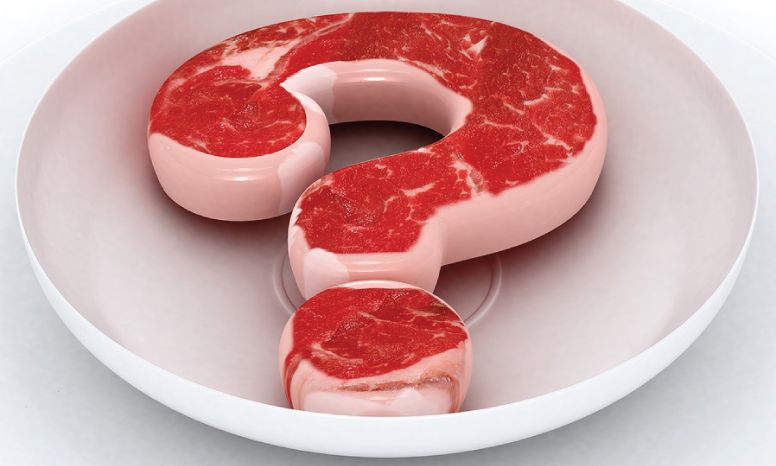If you were to ask a friend or another pet owner if they would ever switch their pet to a raw food diet, what do you think they would say? You might hear a lot of objections to the idea; objections that would probably be backed with myths instead of facts. It can be quite confusing and overwhelming, which is exactly why it is time to dispel some of the most common myths about serving your pet a raw food diet.
Myth 1: Your pet can only get the nutrition it needs from a dry dog food
The truth is that some commercial foods can cause obesity, diabetes, cancer, and allergies or allergic reactions, such as skin rash. Additionally, store bought or veterinarian sold kibble can include a long list of ingredients that are not so healthy for your pet. Many dry dog foods contain animal by-product, otherwise known as the leftovers human won’t or shouldn’t eat, as well as grain or grain by-products, such as corn meal or wheat. These by-products can contribute to health problems for your pet because they are not part of their natural diet. Unfortunately, foods manufactured in other countries, especially Asian countries, can contain other harmful ingredients, which can be very hazardous to your pet’s health.
Myth 2: Human Food is bad for your pet, especially raw meat, which can contain Salmonella
You probably heard this many times over the years, don’t feed your pet from the table. This rule doesn’t just apply to teaching your dog not to beg, but also about not feeding them your foods. In actuality, raw meat, bones, and organs were part of your pet’s ancestral diet. Our dogs and cats are descendants of wolves and wildcats. Do you think they ate cooked food in the wild? They sustained themselves on raw food that supplied them with the nutrients they needed to keep their bodies healthy and strong, from their teeth to their hips and joints.
As humans we have to be concerned about Salmonella, but that is because our digestive tracts are different than our pets. Its take longer for our food to digest than it does our pets. Plus, our pets have a higher acidity content, which kills off more bacteria than our stomachs do. Raw pet food makers take extra precautions to control bacteria levels in their foods, and some even offer frozen options for additional protection. If you are feeding your pet a raw food diet, it is important to maintain the same level of cross contamination avoidance as you do during your own food preparation, i.e. washing utensils, bowls and your hands.
Myth 3: Dogs are omnivores
This is a point of contention among raw pet foodies. While most believe that all dogs need raw meats, organs, and bones, there are some who believe their dogs also need fruits, vegetables and supplements. The PREY Diet follows the philosophy that pets are omnivores and only need to eat a diet of meat, offal (organs), and bone. The BARF Diet (biologically appropriate raw food) follows the philosophy that your pets are omnivores and require fat, fruits and veggies in addition to meat, offal and bones. Choosing which diet to follow for your pet is purely a personal choice.
Myth 4: Feeding your pet raw bones is dangerous
In reality, raw bones are very safe for your pet’s consumption. They are easier for your pet to chew and digest, unlike cooked bones, or rawhides, which can be a choking hazard or cause intestinal blockage. It is important to remember if you are feeding your pet a raw bone it should be the appropriate size for your pet. Don’t feed a large dog bones that are too small, or a smaller dog a bone that is too large.
Additionally, raw bones contain calcium, phosphorus, chondroitin, and glucosamine, which are great for your pet’s oral health, as well as the health of their hips and joints.
Myth 5: Cooked diets are better than raw diets
Many people who decide to no longer feed their pet store bought food, often decide to cook their food at home instead. Although this is more nutritious than kibble, the act of cooking meat can alter the fats, minerals, vitamins and protein contained in the meat’s raw state. To make up for the missing nutrients, some people will add supplements, or vegetables, grains, etc., or they follow complicated recipes to prevent altering the foods nutritional profile. In reality, feeding your pet a complete, balanced raw diet of 80% meat, 10% bone, and 10% organ is not only easier, but also ensures your pet receives the all the vitamins and minerals in really needs.



